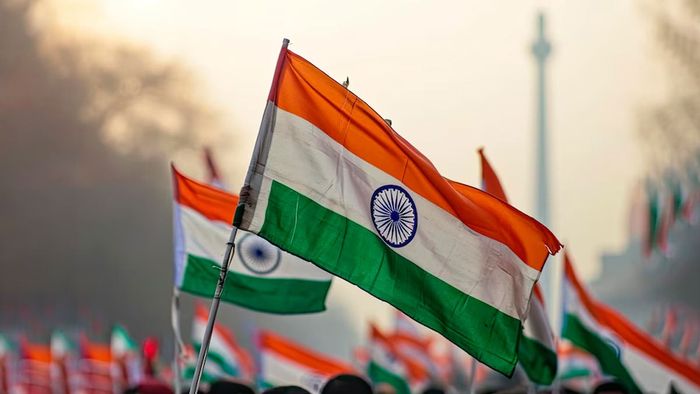Meghalaya’s clean village champions to attend I-Day event at Red Fort
Meghalaya’s clean village champions will be honoured at the Red Fort on Independence Day for their sanitation efforts. Their example under the Swachh Bharat Mission aims to inspire communities nationwide

- Aug 14, 2025,
- Updated Aug 14, 2025, 11:11 AM IST
Four village leaders from Meghalaya will represent the state at this year’s Independence Day ceremony in New Delhi, recognised for their outstanding work in sanitation, waste management, and water supply under the Swachh Bharat Mission-Grameen (SBM-G).
The delegation includes Leverius Dkhar from Laitmynsaw in East Khasi Hills, Krin Dkhar from Lumshken in East Jaintia Hills, Cacino Marak from Aminda Rangsagre in West Garo Hills, and Almen D. Shira from Chachatgre in East Garo Hills. They will attend the 15 August celebrations at the Red Fort as Special Guests, accompanied by their spouses.
All four have led their communities to achieve “ODF Plus” status — a benchmark that requires villages to sustain open defecation-free conditions while managing solid and liquid waste, promoting composting, and keeping public spaces clean. They have also overseen the implementation of the Jal Jeevan Mission (JJM), ensuring piped drinking water reaches every household.
“Our water supply has improved greatly. We now get water every morning and evening, and we make sure every pipeline works smoothly,” said Leverius Dkhar, who previously visited Delhi in 2022 for JJM-related work. His village has also won Mylliem Block’s cleanliness award.
For Krin Dkhar, the trip marks his first visit to the capital. “Earlier, we fetched water from the forest. Now every household has a connection, and children no longer have to carry water long distances,” he said, crediting community cooperation for the success.
Aminda Rangsagre, led by Cacino Marak, earned ODF Plus Model Village recognition in 2022 — one of only five in the Garo Hills to do so. The village built toilets for every household, improved community facilities, set up a plastic waste unit, and introduced composting and biogas plants. These efforts reduced disease, boosted tourism prospects, and turned waste into materials for handicrafts.